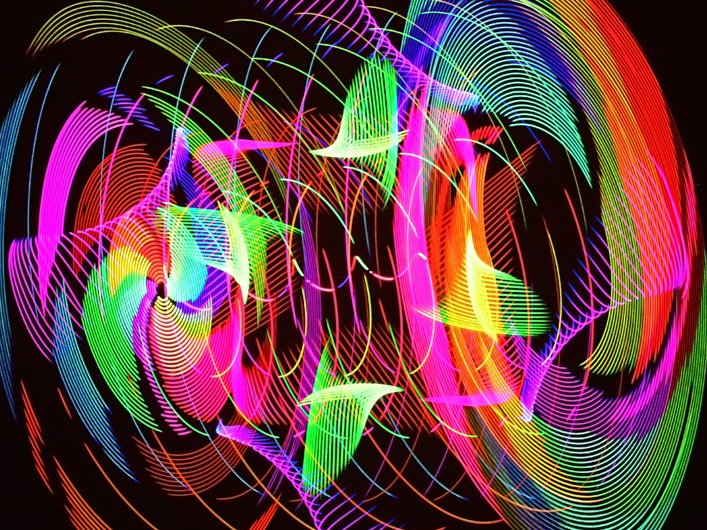The Carnegie Science Center in Pittsburgh, PA installed four Lightwave Prism Series lasers, creating an amazing visual spectacle and saving the facility 300,000 gallons of water, 30,000kW hours of electricity, and half a million pounds of CO2 emissions annually. It was a new ‘green’ laser installation with millions and millions of laser colors creating brilliant laser light entertainment for thousands of audience members.
The aging system at the Carnegie Science Center was sourced by two obsolete ion lasers piped through an inefficient fiber optic delivery system. Additionally, the show control system was a proprietary system with wire-wrapped connections and components with a proven high rate of failure. Maintenance was constant, and the availability of &ldquo:off the shelf” components ranged from scarce to impossible. The old lasers were absolute power hogs, with an equal appetite for cooling water which was dumped down the drain at full flow rate each night. Alignment and cleaning were difficult, and system performance would suffer on days without this care and attention.
The new installation uses four lasers, each of which is greater than seven times brighter than the old technology. The new laser projectors are approximately the size of a small toaster oven, and are now mounted at the planetarium perimeter along with other familiar planetarium staples such as video projectors, special effects hardware, and even old slide projectors. The new lasers would be difficult to identify among the other equipment, which is a tribute to the small form factor made possible by modern direct-diode laser technology.

